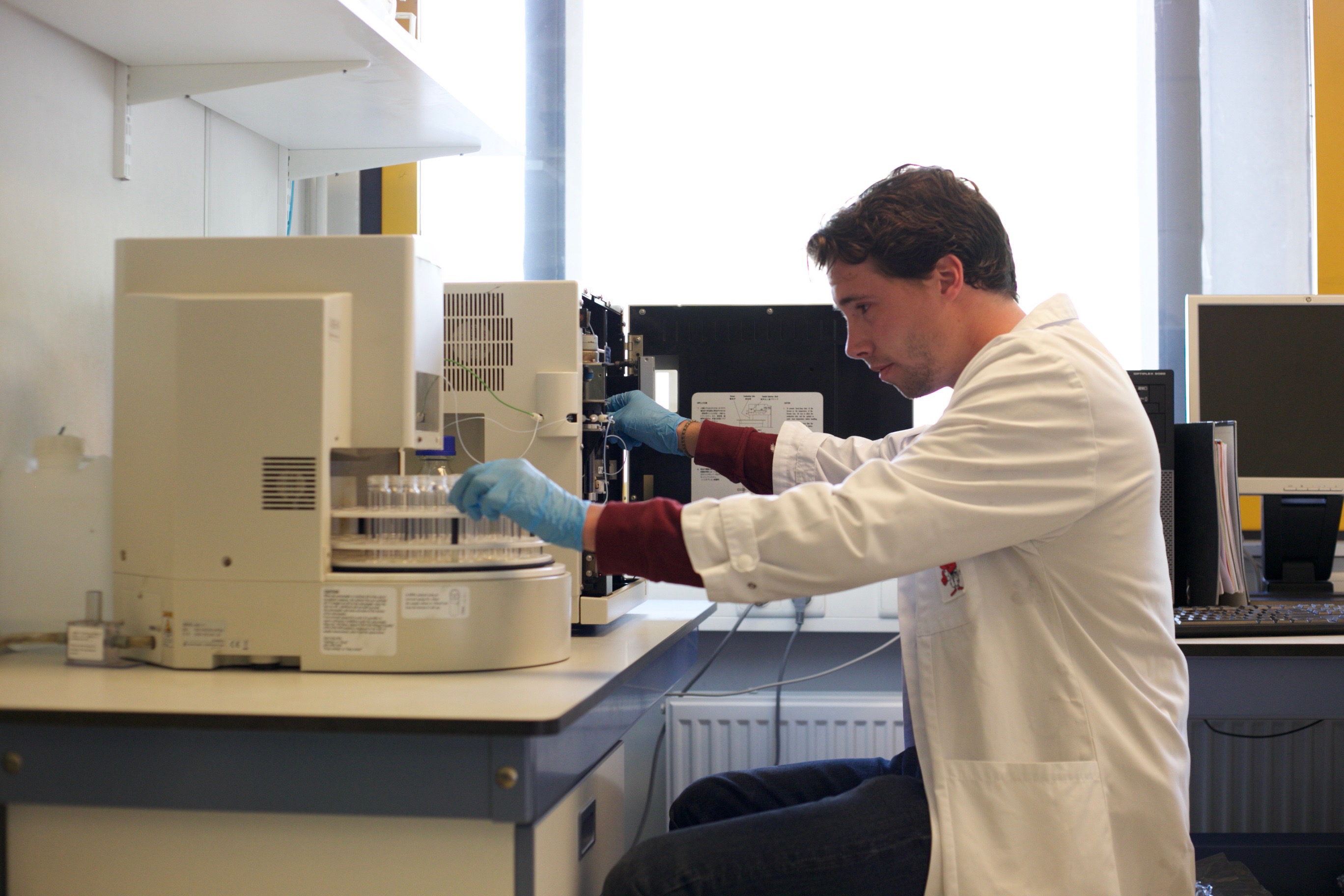Total organic carbon (TOC)
Total organic carbon (TOC) is the amount of carbon found in an organic compound and is often used as a non-specific indicator of water quality or cleanliness.
A typical analysis for total carbon (TC) measures both the total carbon present and the so-called "inorganic carbon" (IC), the latter representing the content of dissolved carbon dioxide and carbonic acid salts. Subtracting the inorganic carbon from the total carbon yields TOC. Another common variant of TOC analysis involves removing the IC portion first and then measuring the leftover carbon. This method involves purging an acidified sample with carbon nitrogen prior to measurement, and so is more accurately called non-purgeable organic carbon (NPOC). The TOC VPH from Shimadzu has an oxidative combustion-infrared analysis” as a widely-used TOC measurement method that has been adopted by international standards. The TOC-V instrument can also measure total water-borne nitrogen (TN).

Combining the ASI-V automatic sample injector with a TOC-V Series analyzer creates a fully automatic analysis system.
In the plunger pump, the sample can be acidified, diluted and homogenized if desired, When it is aspirate from vail in the auto-sampler via the plunger pump. The sample will be then injected onto an oven of 720°C. This oven has a combustion tube, which is filled with catalyst. The carbon components are burned here into CO2 and the nitrogen components into NO. The CO2 is detected by a NDIR detector, where the area of the peak is converted to a concentration. To detect Nitrogen monoxide, ozone is added to the carrier gas, which emits light during the reaction between the two substances. The amount of light is converted to a concentration. The remaining ozone is then broken down into O2 and CO2 in a deactivator.